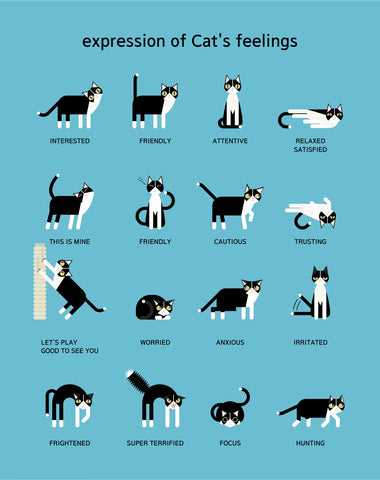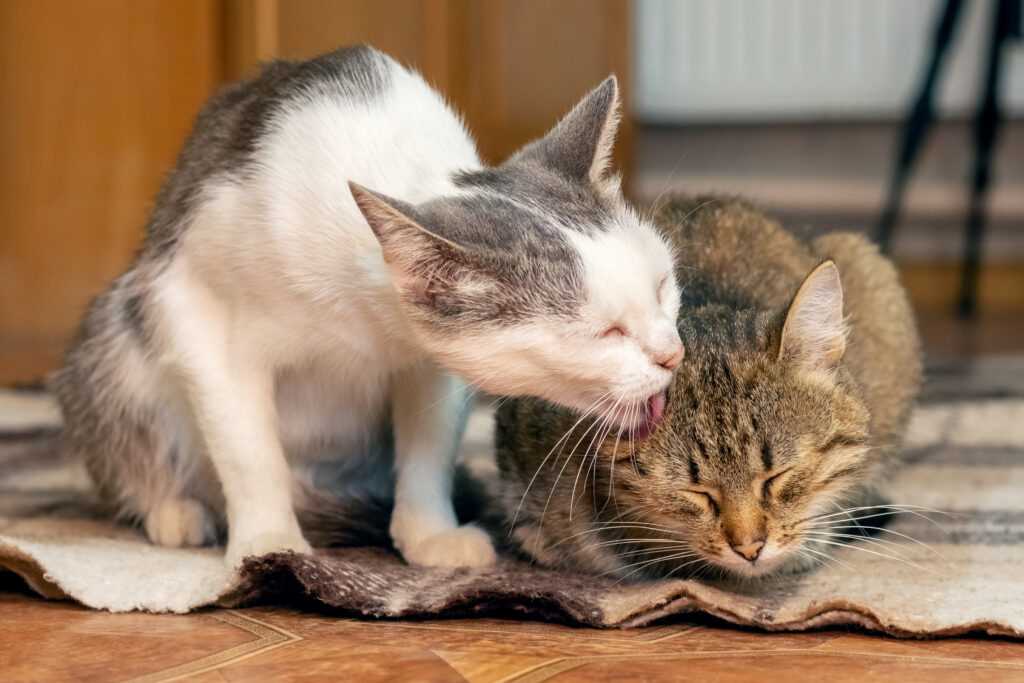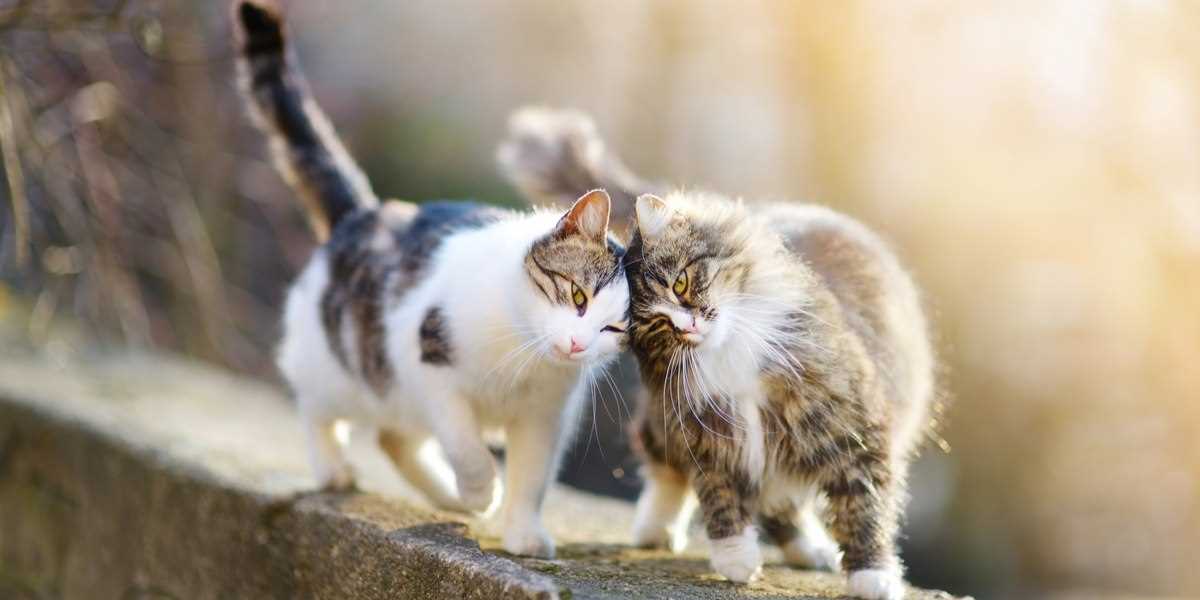

Watch for signs of social behavior. If I enjoy interacting with other pets, it indicates a good chance of welcoming a new companion. Playfulness and curiosity often mean I’m open to sharing my space. Pay attention to my body language; if I approach with a relaxed posture and a raised tail, that’s a positive signal!
Consider my age and temperament. Young ones like me tend to be more adaptable and less territorial. An easy-going personality makes it easier for me to accept new furry friends. If I tend to be shy or aggressive, introducing a newcomer might require more careful planning.
Environmental factors play a role too. A stable and stress-free home can encourage me to be more accepting. If my territory feels secure, I’m more likely to embrace a new playmate. Gradual introductions, with separate spaces and supervised meetings, can facilitate a smoother transition.
Assessing Your Feline’s Personality and Behavior

Observe my reactions to various stimuli. If I show curiosity towards newcomers, it’s a good sign. Watch how I interact with toys; playful behavior indicates openness. Conversely, if I tend to hide or hiss at strange sounds, I might prefer solitude.
Pay attention to my body language. Ears perked and tail upright suggest confidence, while a tucked tail and flattened ears signal discomfort. If I often engage in gentle play, I’m likely to appreciate companionship. However, if I prefer solitary activities, introducing a new friend might be challenging.
Consider my socialization history. If I grew up with other pets, I may adapt more easily to a new companion. Cats with limited exposure to peers might feel threatened. Evaluate our routines; sudden changes can cause stress, and I might react negatively if my environment becomes unpredictable.
Monitor my response to scents. Introducing the scent of a potential new mate can be helpful. If I sniff curiously, I might be open to the idea. On the contrary, if I react with aggression, it’s a clear sign that I’m not ready. Always ensure my space remains comfortable during this process.
Lastly, my diet can influence my mood. A sensitive stomach can lead to irritability, so ensure I’m eating appropriate food. You can check what is the best cat food for sensitive stomach to keep me happy and calm. A well-fed feline is more likely to be sociable.
Introducing a New Feline: Signs of Acceptance

Observe body language closely. A relaxed posture, with ears facing forward and a calm tail, indicates comfort. If the new companion approaches and there’s no hissing or growling, that’s a positive sign. Watch for gentle grooming; this can show a willingness to bond.
Playful Interactions

Engagement in play is a strong indicator. If both enjoy chasing toys or each other, it suggests they are starting to build a rapport. Look for shared playtime, as it often leads to mutual acceptance.
Shared Spaces

When multiple felines begin to share the same resting spots or explore each other’s territories, that’s a green light. Providing spaces like a cat condo can facilitate this by offering safe zones for both to retreat and observe each other.
Video:
Watch for signs of social behavior. If I enjoy interacting with other pets, it indicates a good chance of welcoming a new companion. Playfulness and curiosity often mean I’m open to sharing my space. Pay attention to my body language; if I approach with a relaxed posture and a raised tail, that’s a positive signal!
Consider my age and temperament. Young ones like me tend to be more adaptable and less territorial. An easy-going personality makes it easier for me to accept new furry friends. If I tend to be shy or aggressive, introducing a newcomer might require more careful planning.
Environmental factors play a role too. A stable and stress-free home can encourage me to be more accepting. If my territory feels secure, I’m more likely to embrace a new playmate. Gradual introductions, with separate spaces and supervised meetings, can facilitate a smoother transition.
Assessing Your Feline’s Personality and Behavior

Observe my reactions to various stimuli. If I show curiosity towards newcomers, it’s a good sign. Watch how I interact with toys; playful behavior indicates openness. Conversely, if I tend to hide or hiss at strange sounds, I might prefer solitude.
Pay attention to my body language. Ears perked and tail upright suggest confidence, while a tucked tail and flattened ears signal discomfort. If I often engage in gentle play, I’m likely to appreciate companionship. However, if I prefer solitary activities, introducing a new friend might be challenging.
Consider my socialization history. If I grew up with other pets, I may adapt more easily to a new companion. Cats with limited exposure to peers might feel threatened. Evaluate our routines; sudden changes can cause stress, and I might react negatively if my environment becomes unpredictable.
Monitor my response to scents. Introducing the scent of a potential new mate can be helpful. If I sniff curiously, I might be open to the idea. On the contrary, if I react with aggression, it’s a clear sign that I’m not ready. Always ensure my space remains comfortable during this process.
Lastly, my diet can influence my mood. A sensitive stomach can lead to irritability, so ensure I’m eating appropriate food. You can check what is the best cat food for sensitive stomach to keep me happy and calm. A well-fed feline is more likely to be sociable.
Introducing a New Feline: Signs of Acceptance

Observe body language closely. A relaxed posture, with ears facing forward and a calm tail, indicates comfort. If the new companion approaches and there’s no hissing or growling, that’s a positive sign. Watch for gentle grooming; this can show a willingness to bond.
Playful Interactions

Engagement in play is a strong indicator. If both enjoy chasing toys or each other, it suggests they are starting to build a rapport. Look for shared playtime, as it often leads to mutual acceptance.
Shared Spaces

When multiple felines begin to share the same resting spots or explore each other’s territories, that’s a green light. Providing spaces like a cat condo can facilitate this by offering safe zones for both to retreat and observe each other.
Video:
Watch for signs of social behavior. If I enjoy interacting with other pets, it indicates a good chance of welcoming a new companion. Playfulness and curiosity often mean I’m open to sharing my space. Pay attention to my body language; if I approach with a relaxed posture and a raised tail, that’s a positive signal!
Consider my age and temperament. Young ones like me tend to be more adaptable and less territorial. An easy-going personality makes it easier for me to accept new furry friends. If I tend to be shy or aggressive, introducing a newcomer might require more careful planning.
Environmental factors play a role too. A stable and stress-free home can encourage me to be more accepting. If my territory feels secure, I’m more likely to embrace a new playmate. Gradual introductions, with separate spaces and supervised meetings, can facilitate a smoother transition.
Assessing Your Feline’s Personality and Behavior

Observe my reactions to various stimuli. If I show curiosity towards newcomers, it’s a good sign. Watch how I interact with toys; playful behavior indicates openness. Conversely, if I tend to hide or hiss at strange sounds, I might prefer solitude.
Pay attention to my body language. Ears perked and tail upright suggest confidence, while a tucked tail and flattened ears signal discomfort. If I often engage in gentle play, I’m likely to appreciate companionship. However, if I prefer solitary activities, introducing a new friend might be challenging.
Consider my socialization history. If I grew up with other pets, I may adapt more easily to a new companion. Cats with limited exposure to peers might feel threatened. Evaluate our routines; sudden changes can cause stress, and I might react negatively if my environment becomes unpredictable.
Monitor my response to scents. Introducing the scent of a potential new mate can be helpful. If I sniff curiously, I might be open to the idea. On the contrary, if I react with aggression, it’s a clear sign that I’m not ready. Always ensure my space remains comfortable during this process.
Lastly, my diet can influence my mood. A sensitive stomach can lead to irritability, so ensure I’m eating appropriate food. You can check what is the best cat food for sensitive stomach to keep me happy and calm. A well-fed feline is more likely to be sociable.
Introducing a New Feline: Signs of Acceptance

Observe body language closely. A relaxed posture, with ears facing forward and a calm tail, indicates comfort. If the new companion approaches and there’s no hissing or growling, that’s a positive sign. Watch for gentle grooming; this can show a willingness to bond.
Playful Interactions

Engagement in play is a strong indicator. If both enjoy chasing toys or each other, it suggests they are starting to build a rapport. Look for shared playtime, as it often leads to mutual acceptance.
Shared Spaces

When multiple felines begin to share the same resting spots or explore each other’s territories, that’s a green light. Providing spaces like a cat condo can facilitate this by offering safe zones for both to retreat and observe each other.








